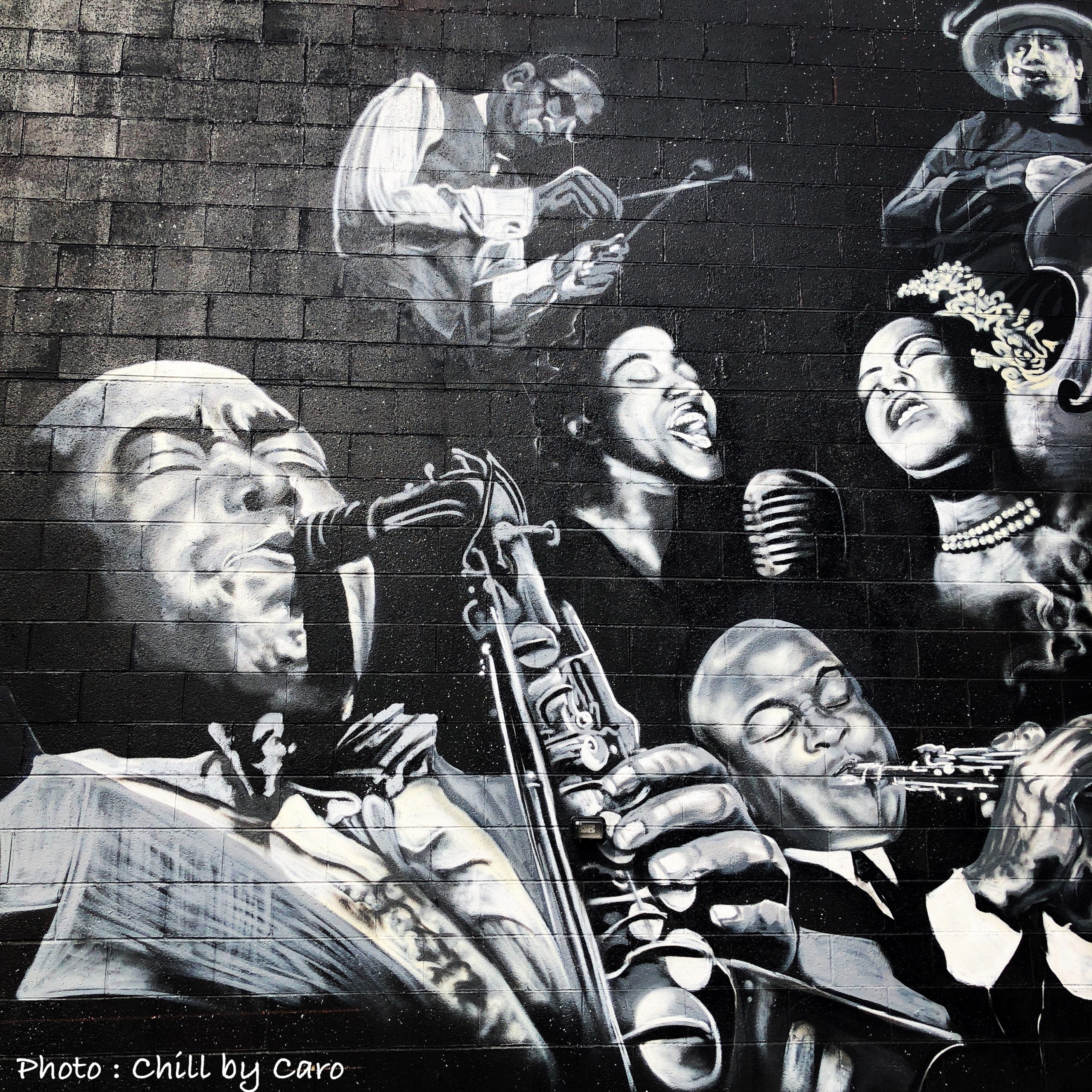« The ultimate tragedy is not the oppression and cruelty by the bad people but the silence over that by the good people.»
Martin Luther King.
Detroit, Michigan, on a rainy Sunday.
This morning, you gave us sad weather, Detroit!
At 9 a.m., it feels like 6 p.m. Fog, rain, wind, thunder, and lightning paint this apocalyptic picture. It is a time to watch a good movie or visit a museum, and I chose the Charles H. Wright Museum of African American History. For the longest time I have wanted to visit it, let’s say the anything but cheerful weather lends itself to it because we must admit it is not the village of the Smurfs, it is very heavy in history because it concerns us all, Near or far.
So here I am, arriving at this museum with a heavy heart because, like many, I have already read a few books on the subject and watched one or two documentaries, and it is with a bit of apprehension that I enter the door of the first room. This first room is dedicated to art, with contributions from across the United States.
In the second room, somewhat in the same style, artists who are a little more committed and politicized are represented.
The third room is the start of the main exhibition.
It starts with a documentary of a few minutes as an introduction to our visit. Then we access a room retracing the history of humanity, reminding us, for some who may have slept a little too much against the radiators in college, that the cradle of humankind is Africa, that the oldest of our congeners, Lucy, was found in Africa, was black and measured 1m10 and 33kg, that homo-sapiens-sapiens A.K.A Humans comes from Africa, that we were all black at the start, and that it is throughout our multiple migrations to the four corners of the globe that our bodies have adapted to the different climates in which we have settled and that some have, for example, become white—adaptation of the body to meet physiological needs.
Then we visit Africa a little, different tables to show us the climate, what we eat there, how we dress, the culture, etc. (I don’t want to spoil it for you). And finally, we access the keen on the subject, the history of slavery.
It is explained from the origin to the abolition throughout the world because to understand what happened in America and, more particularly, in North America, we must put things in their context. This is what was done because slavery did not start in the Americas and did not only concern them, of course.
All the information is there: what happened, how it happened, the trade, under what conditions people were transported, the economy of slavery in itself and its macroeconomic vision, what are the first to dare to raise their voices to say that it was not acceptable, the first escapees (and often murdered), the abolition, the organizations which fought to restore slavery and which oppressed them once again the freedom acquired, their right to vote, what happened in buses, schools, public places, churches, even separate toilets, everything until today, including things that are a little happy like Motown for example, all these wonderful artists who have become, for the most part, true legends today.
The morality: equality requires education of all, for all, a beautiful positive message.
Then, at the end, we access a final photo exhibition room with the most famous black American personalities; it goes through politicians, lawyers, writers, musicians, singers, etc, and there are many of them! It is a stunning photographic tribute.
We learn a lot of things. We remain humble about the horror several millions of our fellow humans lived. I am not aware of such a museum in France, and I am sorry because it is essential to remember how far people could go so that we never put even a little toenail dust back in there.
We come away with increased knowledge and humility, with a deep desire for equality for all, because yes, still today, there is work.
I started this post with one of his quotes, so I will end it the same way, with my favorite quote from the great Martin Luther King: “I have decided to stick with love; hate is too great a burden to bear.”
See you next Friday ✌️

Detroit Legends wall. Eastern Market, Detroit, MI, USA.


